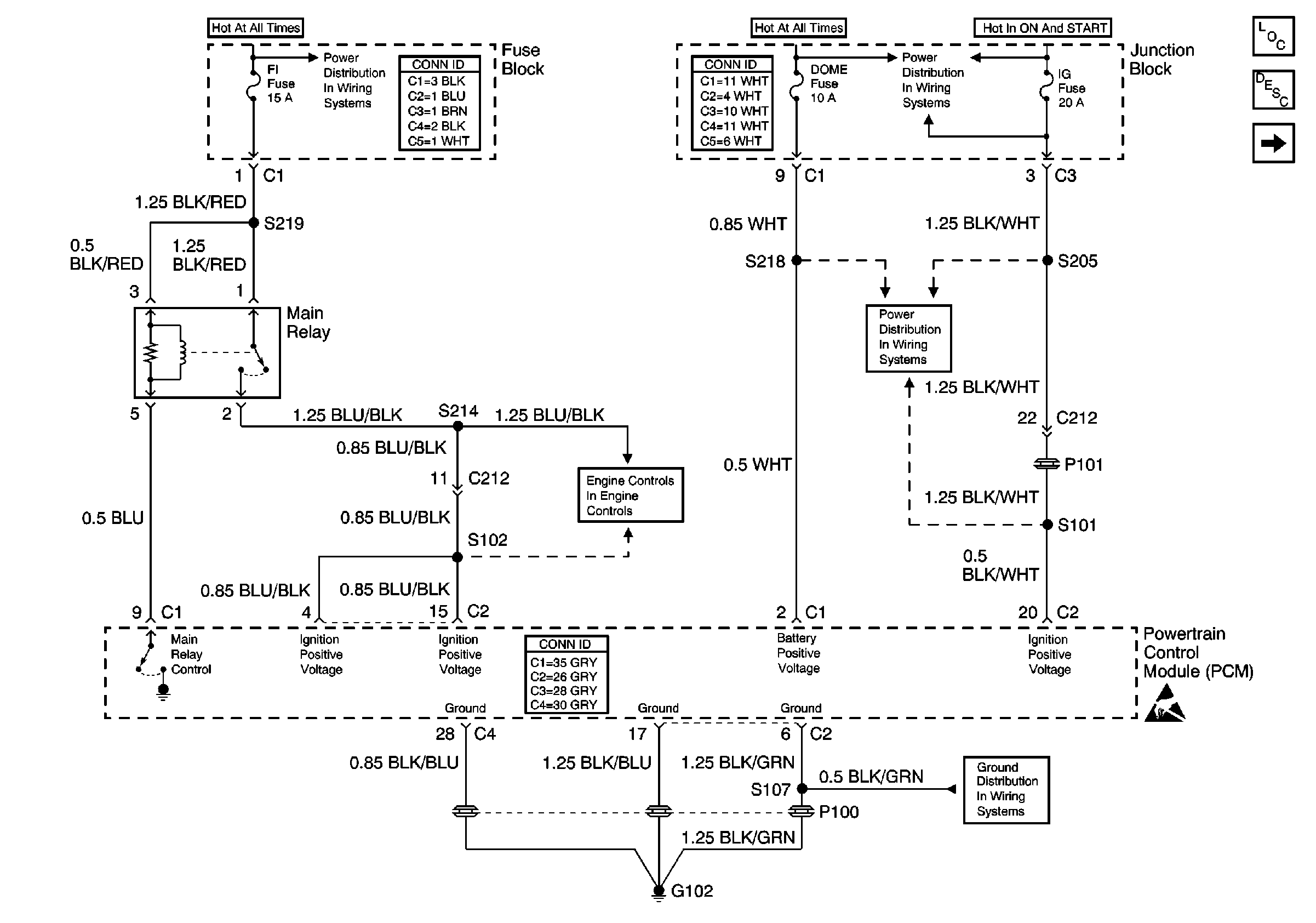Checks
| Action
|
DEFINITION: The engine runs unevenly
at idle. The engine or vehicle may shake if the condition is severe enough.
The engine idle speed may vary in RPM. The condition may be severe
enough to stall the engine. The engine idles at an incorrect speed.
|
Preliminary Check
|
|
Sensor Checks
|
| • | Check the throttle position (TP) sensor. A sticking throttle shaft
or a binding throttle linkage will cause a high TP sensor voltage or an open
throttle indication. Under these conditions the powertrain control
module (PCM) may not control the idle. Monitor the TP sensor voltage
with the scan tool or a digital multimeter. The indicated voltage
should be less than 1.25 volts with the throttle closed. |
| • | Inspect for a shifted or fixed engine coolant temperature (ECT)
sensor. Test the ECT sensor using the scan tool. Compare the engine coolant
temperature with the ambient air temperature on a cold engine. If
the engine coolant temperature is more than 5°C (9°F) more or less
than the ambient air temperature, check for a high resistance in the coolant
sensor circuit or the sensor itself. Refer to
Temperature Versus Resistance
. |
| • | Inspect the performance of the heated oxygen sensors (HO2S) 1.
Refer to: |
| • | Check the camshaft position (CMP) sensor engine reference signal
with a scan tool. Observe the Engine Speed parameter while running the engine
at idle. The scan tool should indicate steady and linear RPM readings
while running. If the erratic values, such as sudden spikes or drops
in engine speed are displayed, the engine reference signal is not
stable enough for the engine to run properly. |
|
Fuel System Checks
|
| • | Determine whether a rich or lean fueling condition can cause the
concern. Drive the vehicle at the speed of the concern. Monitor the Fuel Trim
parameters on a scan tool in order to identify the fuel system
status. |
|
Ignition System Checks
|
| • | Check for adequate secondary ignition voltage with a J 26792
spark tester or an equivalent. |
| • | Check the spark plugs for any of the following conditions: |
| - | A terminal screw that is bent or loose |
| - | A ceramic insulator that has cracks, carbon tracking or deposits |
| - | A tip insulator that has cracks, carbon tracking, deposits, or
is loose |
| - | A center electrode that is loose |
| - | An incorrect spark plug gap that is too large or too small |
| • | Check the ignition coil and spark plug boots for cracks, carbon
tracking, and moisture. |
|
Engine Mechanical Check
| Check for any of the following engine mechanical
concerns:
| • | An incorrect valve lash |
| • | Any broken or weak valve springs |
| • | An incorrect valve timing |
| • | Any sticking or leaking valves |
| • | An incorrect or worn camshaft |
Refer to
Engine Compression Test
in Engine Mechanical.
|
Additional Checks
|
| • | Check for vacuum leaks. Vacuum leaks can cause higher than normal
and erratic idle speeds. |
| • | Check the air inlet system for any leaks or restrictions. |
| • | Check the throttle body for blockage and a damaged or binding
throttle valve. |
| • | Check for binding of the accelerator cable or pedal. Inspect the
accelerator cable for the proper adjustment. Refer to
Accelerator Cable Adjustment
. |
| • | Verfiy that the battery cables and ground straps are clean and
secure. |
| • | Check the idle air control (IAC) system for proper operation.
Use a scan tool in order to command the IAC valve to increase and/or decrease
the engine idle speed. Refer to
Idle Air Control (IAC) System Diagnosis
. |
| • | An idle concern that occurs when the A/C is On may indicate a
fault in the A/C idle-up system. The idle speed should increase with the A/C
On. Check the scan tool in order to determine if the PCM is receiving
an A/C signal. Refer to
Air Conditioning (A/C) Idle Circuit Diagnosis
. |
| • | A rough running or stalling condition that occurs when the A/C
is On may be caused by A/C refrigerant pressure that is too high or a faulty
high pressure switch. |
| • | Inspect the throttle body and the IAC valve for excessive carbon
deposits. A buildup of deposits in the passages, on the IAC pintle, and around
the throttle valve and the throttle bore can affect IAC system performance.
Remove the excess deposits as necessary. Refer to
Throttle Body Inspection and Cleaning
. |
| • | Check the power steering pressure (PSP) switch for proper operation.
Refer to
PSP Switch Diagnosis
. |
| • | Check for proper adjustment of the transmission range (TR) switch.
Observe the park/nuetral position (PNP) parameter on the scan tool for the
correct position display, when shifting the transmission thru the PRNDL
pattern. Service the TR switch as necessary. Refer to
DTC P0705 Trans Range Switch Circuit
. |
| • | A malfunctioning air limiting valve in the throttle body could
cause the following conditions: |
| - | A slightly higher than normal idle speed on a hot engine when
the air limiting valve is stuck open. |
| - | A lower than normal idle speed on a cold engine when the air limiting
valve is stuck closed. |
|

